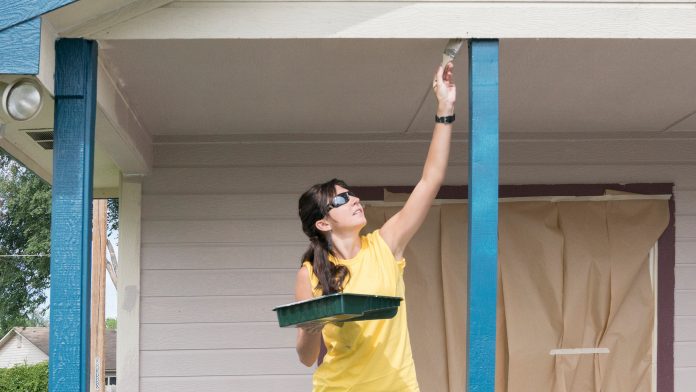Call it a back house, a grandparents’ cottage or the in-law’s suite. By whatever name, it’s how some members of Congress want to address the nationwide housing shortage.
Reps. Sam Liccardo, D-Calif., and Andrew Garbarino, R-N.Y., introduced a bill that would give government-backed financing to homeowners who build an accessory dwelling unit (ADU) in their backyard, garage, basement or somewhere else on their property. The legislation would allow property owners to take out a second mortgage for the expansions.
“As mayor of San Jose, we proved that cutting the red tape made reluctant homeowners jump at the chance, and we saw nearly 1,000 permit applications in a year,” Liccardo said in a statement. “After they got the permits, too many homeowners faced another barrier: a lack of financing options. With access to capital, we can empower homeowners to become home providers for thousands of renters in every metropolitan area.”
The bill has 12 co-sponsors, all Democrats.
Government-backed financing
To qualify, a homeowner would be required to build the ADU to code and include a kitchen, bathroom and sleeping area. They can be built on, in or detached from a single-family dwelling.
The lawmakers say most ADUs are currently financed through savings or home equity lines of credit. That generally restricts construction to affluent homeowners, excluding those who have lower incomes or don’t have enough equity in their homes to take out a loan. Garbarino and Liccardo hope this bill will allow homeowners with fewer resources to build the units, increasing the value of their home while also allowing them to charge a tenant rent to help pay their secondary and primary mortgages.
“The SUPPLY Act would help New Yorkers access financing and provide the flexibility to turn in-law suites, converted garages, and other Accessory Dwelling Units on their property into spaces that build long-term value,” Garbarino said. “This bipartisan bill gives families the chance to invest, grow equity, and strengthen our local economy.”
Consequences of the housing shortage
According to the U.S. Chamber of Commerce, America has a housing shortage of more than 4 million homes. The supply-and-demand imbalance has significant consequences – not just for families who want to have a home and build wealth, but also for the overall economy.
The housing shortage reduces consumer spending, increases employee turnover and hinders businesses’ ability to attract and retain talent. All these issues lead to lost economic output and personal income, in addition to fewer jobs. The Chamber estimates the housing shortage is responsible for tens of billions in lost GDP over the last 20 years.
Why aren’t there enough homes?
The U.S. Chamber of Commerce says there are two main reasons for the housing shortage – regulations and inflation.
According to the Chamber of Commerce, burdensome permitting processes, outdated zoning, price controls and financial regulations all prevent both individuals and commercial homebuilders from starting new projects. The government can address this by changing the regulatory framework to allow developers to build at a faster pace and lower cost.
The National Alliance to End Homelessness also blames restrictive zoning and land use regulations that often limit where new homes can be built. These rules can make construction of multi-family and low-income units especially difficult.
The Chamber also said scarce resources – a residual problem from the supply chain issues that arose during the Covid-19 pandemic – have pushed the cost of building a new home to “unprecedented levels.”
The cost to build a single family home increased 42% from 2018 to 2021, according to the National Association of Realtors. Prices have increased even more since then. In the first quarter of 2025, construction input prices increased at a 9.7% annualized rate, according to Construction Dive.

